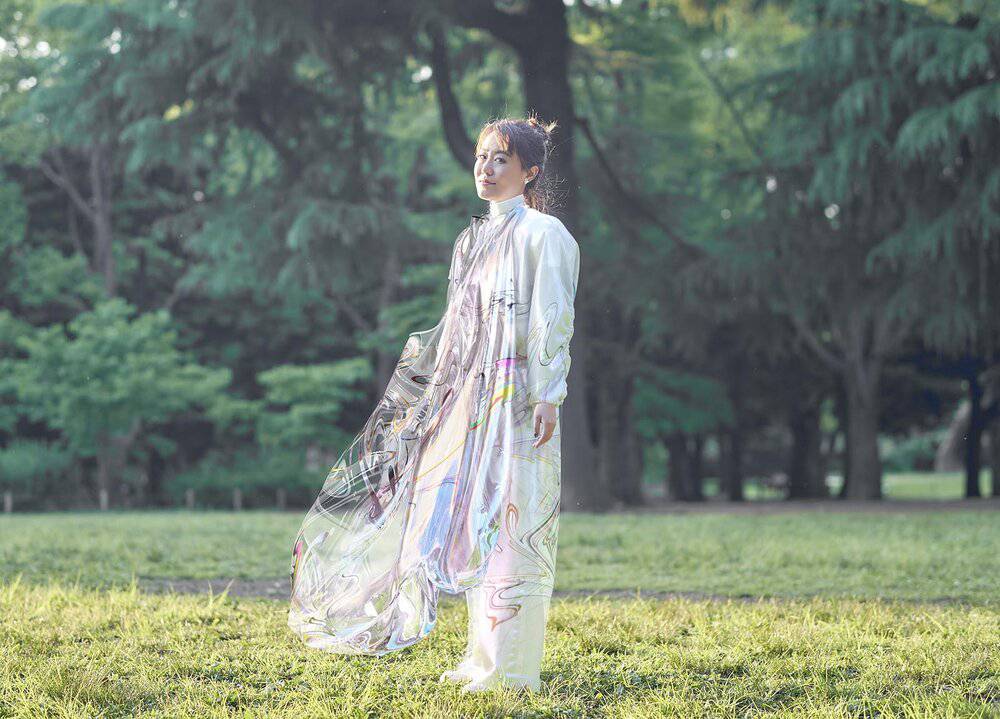
The study of history plays a huge role especially in the complete evolution of clothing. The reason is that at a point in time fashion trends either highlight the past or predict the future.
Since trends are susceptible to changes, they hardly ever remain in a place or stage. Therefore, it seems the two most important periods are never the current but the past and the future. Also, studying the past provides us with the tools and information to better analyze the present, thereby positioning us for what tomorrow would bring.
Of course, everything is with history. Thanks to the drilling of historians and anthropologists, we now know more about things that we hardly had any information about. Humans could trace the origins of about anything and arrive at a logic. Talking about humans, opinions of fashion freaks shared on ReviewsBird.com have been quite curious about the invention and evolution of clothing. Everyone wants to know how humans evolved from grass and leaves as clothes to this extraordinary fashion world we see today. Everyone, not excluding clothing stores.
Clothes During Prehistoric Era
We can’t quite pinpoint the right moment humans began to wear clothes, but history puts the date somewhere between 100,000 and 500,000 years ago. The first pieces of clothing were noted to have been made from animal skin, fur, leaves, and grasses. This was during the prehistoric ages where clothes functioned as protective wear against the elements. While there wasn’t much invention during this era, studies found that our ancestors might have invented sewing needles and some artifacts such as net gauges and weaving sticks.
Ancient and Medieval Periods
There are enough studies to believe that the real invention and evolution of clothes and fashion began from the ancient and the medieval periods. During these periods, there were looms, cotton, and textiles. Other fibers and fabric inventions include rush, reed, palm, and papyrus. There was enough evidence that supports weaving, patterning, and embroidery as ready-made clothes invaded the world of fashion. Some of the clothes or fashion known today has a longstanding origin with the ancient and medieval periods.
Renaissance and Enlightenment
Wool, linen, and hemp remained the leading fabric. More colors were added to fabrics and the prosperity of silk-weaving began. As more skilled weavers grew into the art, a distinction was made of clothes between full-court dresses and formal dresses. Eventually, fashion started moving away from full dresses to simplicity and democracy, influenced by Jean-Jacques Rousseau.
Industrial and Modern
With the invention of sewing machines and other technology that aided the transport of clothes, more clothes were produced and streamlined. Also, more women went into the business of textiles. Then there were textile unions and educational organizations with a focus on textile and designs study.. Soon, the world witnessed synthetic fiber made through the invention of plastics. In 1983, the first electronic jacquard loom was produced. And currently, as global warming looms, the world moves to recycle by trading in second-hand clothing.
Conclusion
The invention and evolution of clothing have witnessed a sharp rise, with each evolution solving the challenges that confront it at the time.

